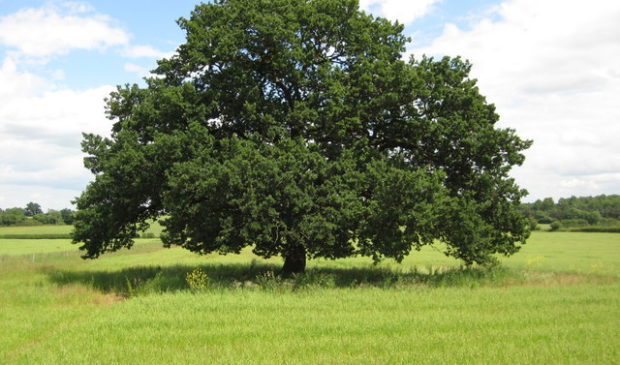Junior League contends with concerns over heritage trees
Friday, January 20, 2017 by
Jack Craver After a great deal of hand-wringing over the future of three heritage trees, the city’s Environmental Commission recommended that the Junior League of Austin be granted the several variances it needs to build a new facility in Northwest Austin at 5330 Bluffstone Lane.
The 2,500-member women’s service group has outgrown its current facilities, explained Sarah Valenzuela, president of the board of directors. She was backed up at the meeting by a number of supportive league members who described the organization’s various charitable endeavors, such as the Coats for Kids program, which distributed nearly 35,000 coats to low-income children in 2016.
The group purchased the 10-acre plot nearly seven years ago and has been in the process of developing a design plan acceptable to city staff ever since. It has already been forced to redesign its plan in response to staff objections relating to the surrounding floodplain, said Dave Anderson, an agent for the Junior League.
Staff was ultimately able to recommend the organization’s most recent proposal, which will require three variances to allow the group to construct a building on a slope greater than 15 percent and to allow a cut/fill in excess of 4 feet.
With only a month before its previously approved site plan will expire, Anderson urged the commission to endorse what he called “minor variances” that were recommended by city staff.
Commissioners didn’t voice concerns about the variances at hand. Instead, they focused almost entirely on the future of two trees on the property. The two live oaks, both of which have trunks greater than 24 inches in circumference, would be considered “heritage trees” under current code, but they were exempt from that designation due to a settlement reached between the previous property owner and the city in 2003.
Commissioner Peggy Maceo repeatedly voiced distress over the prospect of losing the trees, one of which she said was likely “as old as the city of Austin.” She asked if the league had explored ways to prevent their removal, such as redesigning the driveway on the property or transplanting them to another location on the site.
While Anderson said the league would be open to trying to transplant the trees, city arborist Keith Mars said he hadn’t considered transplantation. He argued that his interpretation of code led him to determine that preserving the two trees would deprive the property owner of a “reasonable use” of the land. He noted that the “reasonable use” standard is subjective and that commissioners might disagree with his conclusion, but added that the plan would preserve more than 90 percent of the trees on the parcel.
Commission Chair Marisa Perales voiced frustration, pointedly asking why Mars had overlooked what she called a “feasible” preservation strategy.
Mars drew a distinction between what could be considered feasible and what could be considered reasonable. “Everything is feasible,” he said. “You could simply not build, and that’s feasible.”
Commissioner Hank Smith interceded, telling his colleagues that they could make their own recommendation that goes beyond what staff had advised. After more debate, the commissioners voted unanimously to approve a resolution that supports staff’s recommendation for the variances but specifies that the applicant should seek to preserve the two trees, either by redesign of the driveway or transplantation.
In an interview with the Austin Monitor, Mars said that he was happy with the commission asking the applicant to save more trees, but he defended his own recommendation, which would preserve roughly 90 percent of the trees on the property, as is in line with city preservation goals.
Perales disagreed. Staff should strive to protect trees of that size whenever possible, she told the Monitor.
Transplantation, she said, “should be considered all the time.”
Photo by Philip Halling made available through a Creative Commons license.
The Austin Monitor’s work is made possible by donations from the community. Though our reporting covers donors from time to time, we are careful to keep business and editorial efforts separate while maintaining transparency. A complete list of donors is available here, and our code of ethics is explained here.
You're a community leader
And we’re honored you look to us for serious, in-depth news. You know a strong community needs local and dedicated watchdog reporting. We’re here for you and that won’t change. Now will you take the powerful next step and support our nonprofit news organization?









